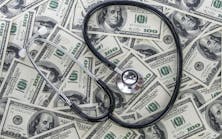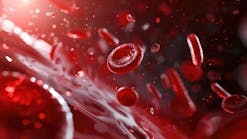CDRH announces partnership to develop new methods to accelerate diagnostic device development for underserved populations
A new partnership was recently announced that will develop new methods to accelerate diagnostic device development for underserved populations.
The following is attributed to Jeff Shuren, M.D., J.D., director of the Food and Drug Administration’s Center for Devices and Radiological Health (CDRH) and Ed Margerrison, Ph.D., director of the Office of Science and Engineering Laboratories (OSEL), CDRH:
The FDA’s Center for Devices and Radiological Health (CDRH) announced a partnership with the Bill and Melinda Gates Foundation to create new analytical methods to help the development of breath-based diagnostic devices for disease detection in underserved populations.
In particular, these methods are intended to identify multiple chemicals or biomarkers in complex chemical mixtures, and thereby increase the potential for chemical characterization to identify multiple chemicals when used in premarket device testing.
Due to high costs and the complexity of the instruments needed to perform an analysis, disease detection in remote and impoverished areas can be extremely challenging. These new methods are intended to help developers create a more efficient and affordable option that could be more easily deployed across populations living in rural and remote areas.
This project will include developing, curating, and validating an interactive web database of both healthy breath and breath infected with Mycobacterium tuberculosis bacteria (TB). Using spectral criteria and a scoring system based on robust analytical chemistry methods, the web database can then be used by innovators and researchers to assist in identifying important diagnostic biomarkers for TB patients.
This full characterization and establishment of a basal-level breath-print will give the diagnostics community the ability to confidently identify disease biomarkers and facilitate the development of next-generation diagnostic devices that can be used by clinicians and consumers at the point of care and in the home.
The methods will include a database of chemical information, criteria for classifying confidence of a chemical identification and a web application for analysis of mass spectrometry data. These methods are intended to help drive confidence in measurement techniques and ultimately reduce risk for both medical device innovators and regulators. Advancing chemical characterization and providing developers with methods to detect diseases in rural and medically underserved populations will provide enormous benefits to the public health, domestically and internationally.





